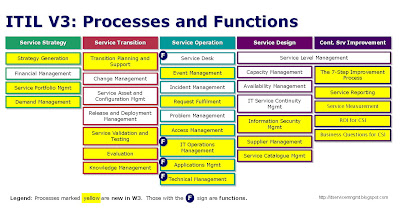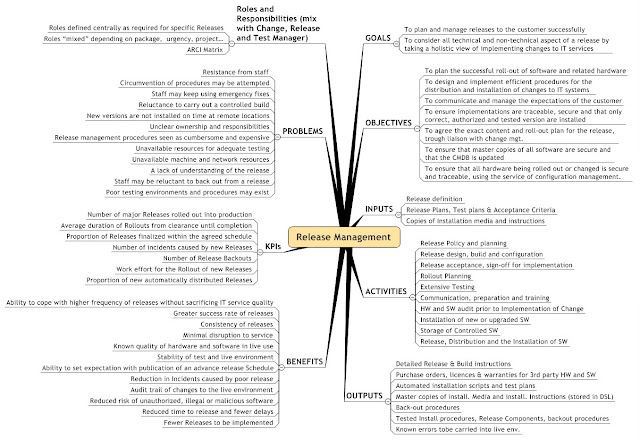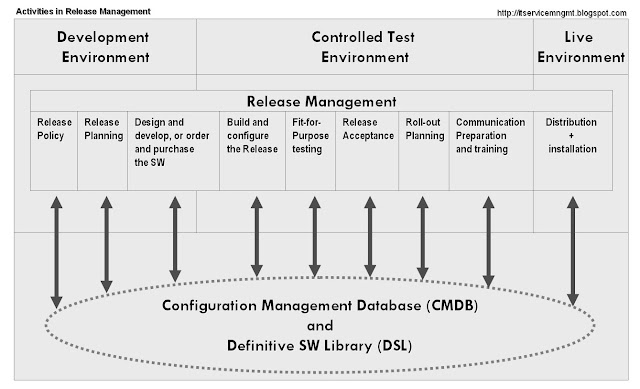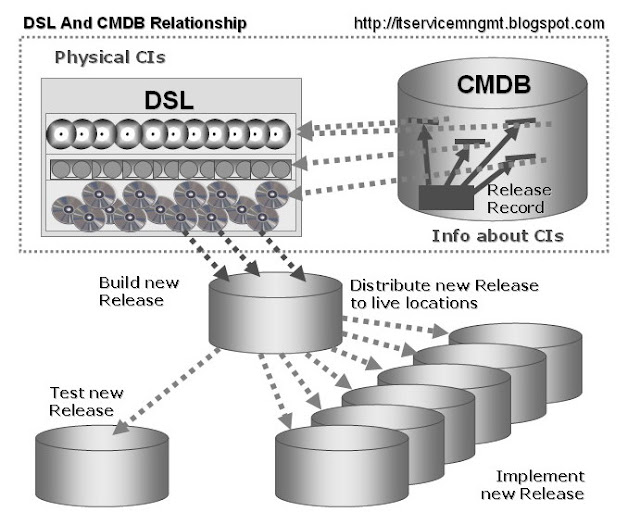So here are the five new core books. In V3, ITIL remains a descriptive best-practice framework, but it covers a lot more ground then V2, and the evolved part focuses mostly on IT & business integration.
New processes and functions aim to form a tight connection between business and IT organisation, anticipating business, technology and regulations changes in last 10 years since the last ITIL update.

Five essential core books represent basic ITIL Service Lifecycle elements:
- Service Strategy: Creating the set of services that help achieve business objectives.
- Service Design: Designing services, from technical and business perspective.
- Service Transition: How to change live production infrastructure, implementing the needed services.
- Service Operation: Day-to-day IT business, operating. A place to start if you are new to ITIL.
- Continual Service Improvement: Evaluating and improving services in support of business goals.
Example: due to development of web and other ITC technologies, the impact and role of self-help in Service Operation is much more significant lately. As a result, a new process - Request Fulfillment spinned-off from Service Desk function. Also, Problem Management process developed in a more streamlined fashion, removing the problem/error control inconsistencies. A few of the other existing processes are reshaped in a similar way.

First impression is that the material is somewhat better organised, with a more transparent structure and refreshing hints, tips, real life examples, even anecdotes! I discovered that with V3 I need to read 10 pages before I fall asleep, as opposed to V2 where 1-2 pages threw me in a narcoleptic seizure.
Reading the books, one notices a tad of presctiptiveness here and there, and this trend is allegedly going to continue with complementary add-on material which will connect and map ITIL with different methodologies, market sectors and technologies.
V3 is here, and summer vacations are here also, so we will all have some time to digest the new material and see what happens next. I wish you all happy holidays!











